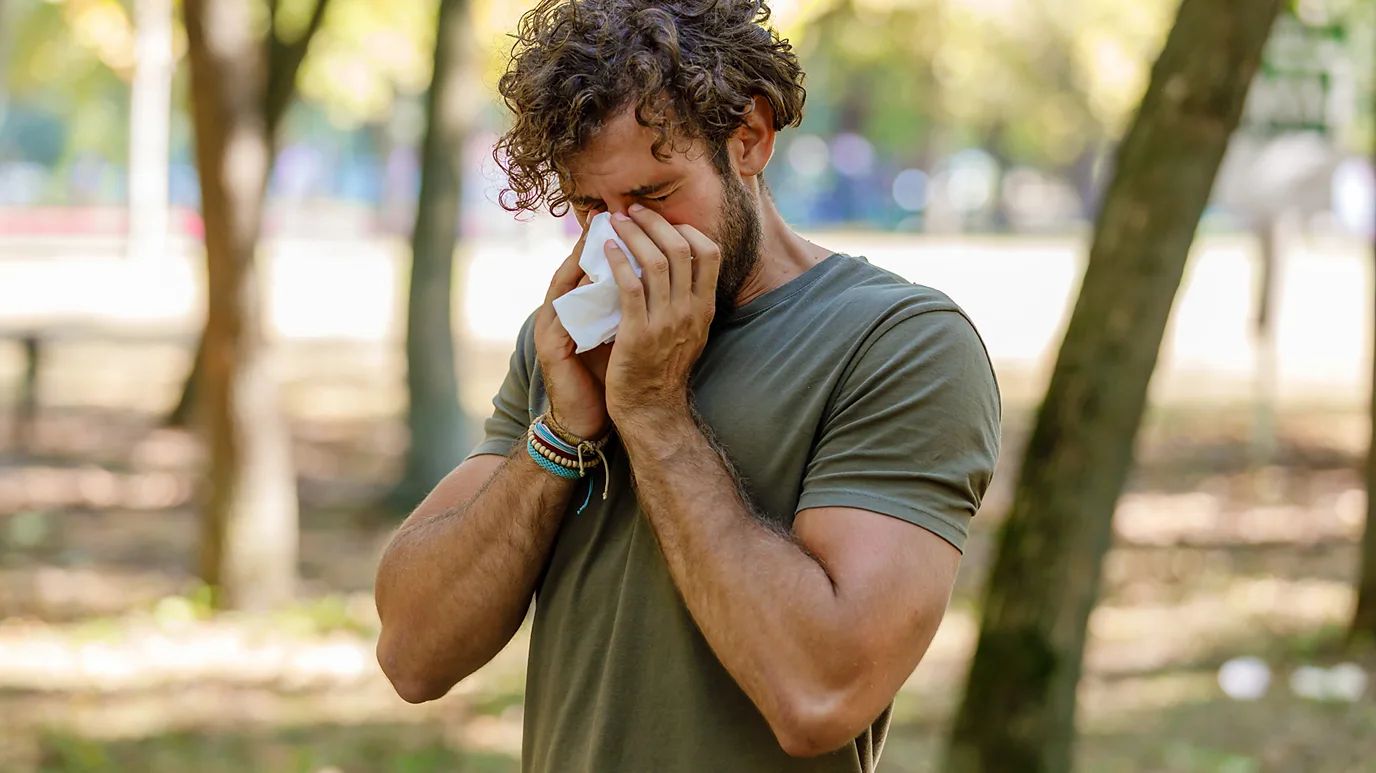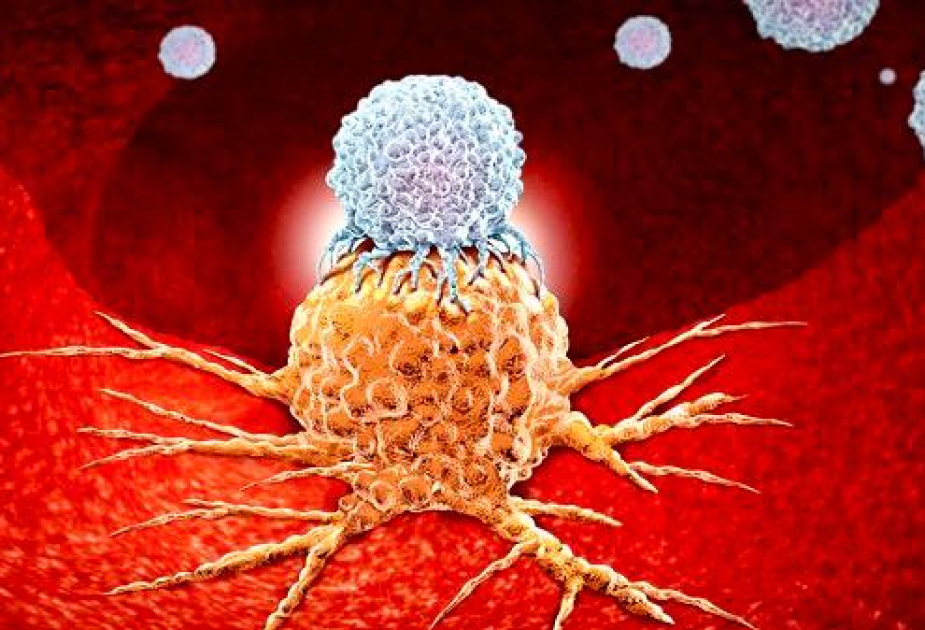Seasonal allergy sufferers are being hit with more pollen over a longer season due to rising temperatures, but global warming is also triggering alarming extreme allergy events, say experts.People could see the thunderstorm, but they couldn't see what was going on inside it. Trillions of pollen particles, sucked up into the clouds as the storm formed, were now being splintered by rain, lightning and humidity into ever-smaller fragments – then cast back down to Earth for people to breathe them in.It was around 18:00 on 21 November 2016 when the air in Melbourne, Australia, turned deadly. Emergency service phone lines lit up, people struggling to breathe began flooding into hospitals, and there was so much demand for ambulances that the vehicles were unable to reach patients stuck at home.
Emergency rooms saw eight times as many people turning up with breathing problems as they would normally expect. Nearly 10 times as many people with asthma were admitted to hospital.In total, 10 people died, including a 20-year-old law student who passed away on her lawn, waiting for an ambulance while her family tried to resuscitate her. One survivor described how he had been breathing normally and then, within 30 minutes, found himself gasping for air. "It was insane," he told reporters from his hospital bed.Paul Beggs, an environmental health scientist and professor at Macquarie University in Sydney, Australia, remembers the incident well. It was an absolutely massive event.Unprecedented. Catastrophic.
Thunderstorm asthma events like the one that hit Melbourne are one extreme example of how pollen from plants and the allergies it causes are being dramatically altered by climate change. As temperatures rise, many regions – especially the US, Europe and Australia – are seeing seasonal allergies affect an increasing proportion of people, over a longer season and with worse symptoms, say scientists.This year, in the US, pollen levels are predicted to be higher than the historical average across 39 states this season.These microscopic particles pass between plants, enabling them to reproduce. While some plants spread their pollen with the help of insects, others rely on the wind, sending huge volumes of this powdery substance airborne. Many trees, grasses and weed species rely upon wind dispersal for their pollen. It is these that are especially likely to cause seasonal allergies, or hay fever.
This makes it especially concerning that, by 2050, the concentration of ragweed pollen in the air is estimated to be about four times what it is today. Even in parts of Europe where ragweed pollen is virtually absent at present, including southern UK and Germany, "pollen loads become substantial" under both moderate or high-end climate scenarios, researchers wrote in a 2015 study. About one-third of the increase is due to the continuing spread of the invasive species, the researchers note. The remaining two-thirds is specifically due to climate change, including the lengthening of the growing season as temperatures warm. So it'll be an earlier season, a longer season, as well as a more intense season for those who experience allergic symptoms.
Not every region in the world will see more pollen production. Some researchers have found that southern California, for example, will experience earlier but less productive pollen seasons, largely as a result of reduced rainfall.But these predictions don't account for all the potential effects of climate change on airborne allergens. There could also be health impacts from the increased likelihood of wildfires, for example, because this raises the risk of both asthma and allergy symptoms.Relatively speaking, the amount of pollen in the air will still vary from year to year, Fuertes points out. But that may not be of much help to hay fever sufferers. Once you're sensitised and go on to develop allergic symptoms, you'll still likely experience symptoms during years when pollen levels may be lower than average.
So, what can people do about this? Cutting carbon emissions would help to avert some of the worst climate impacts and other strategies might also mitigate the problem.It might be possible to make some drastic but direct interventions, for example. A century ago, some US cities even set up commissions to tackle ragweed. The news story explains that men – otherwise unemployed during the Great Depression – were paid the equivalent of one week's food and lodging for each day they spent cutting down the plant.But even those services that are modelling pollen counts in an extensive, detailed way – such as the Finnish Meteorological Institute–aren't monitoring or modelling airborne allergen levels, which are more accurate as each pollen grain can release different amounts of allergens and they can vary by the weather conditions. These are a different measurement, Fuertes points out, and one that she's shown is more closely linked to allergy symptoms.
Mədinə Məmmədova\\EDnews









